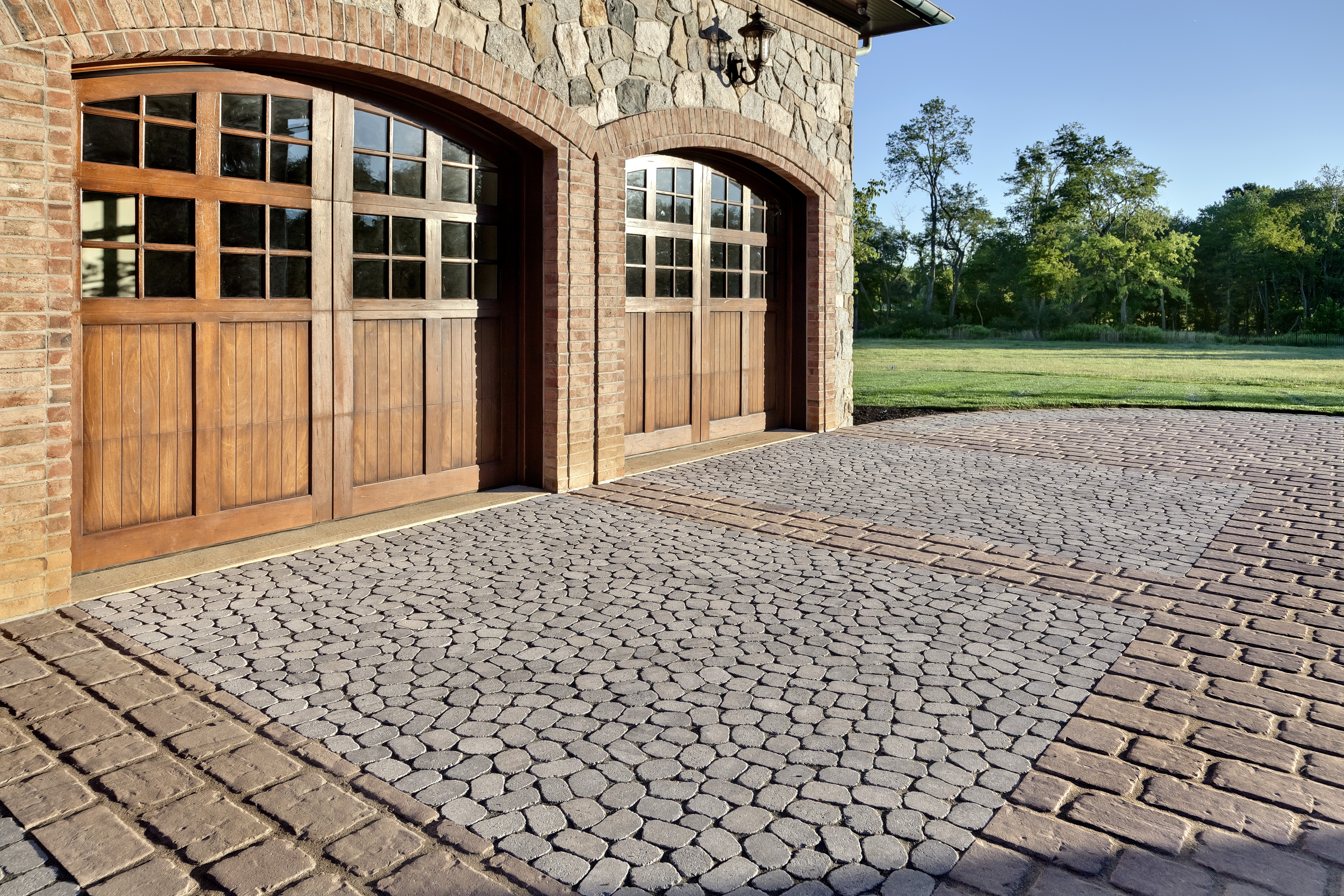Whether your hardscape company takes commercial jobs or not, stormwater management will become a subject matter you need to master in the next few years as law-makers move to ensure proper management of the water infrastructure.
Avoiding flooding and maintaining acceptable levels of clean water are officially subjects of great concern in urbanized areas. The need for proper “Stormwater Management” or “Green Infrastructure” design techniques is not only becoming crucial, it's becoming the law. Law-makers are now focusing on minimizing the impact of urbanization and development that has covered much of the land with impervious surfaces; leaving nowhere for the water to go except the over-extended sewer system.
This is where standardized lists of Stormwater Management “Best Management Practices” (BMP’s) by national and local governments come into play. These provide the community with constantly evolving new practices and trends for the management of stormwater and as a hardscaper, you need to be up to date on locally accepted principles. For example, the Department of Environment Protection in Pennsylvania currently acknowledges 21 structural BMP’s to best manage stormwater and minimize the environmental impact of hardscape projects. Since Techo-Bloc covers all of Canada & the USA , we will focus solely on 3 structural BMP’s that many state and local municipalities currently acknowledge as accepted principles while designing your hardscapes.
These Best Management Practices are:
1. Permeable Interlocking Concrete PAVEMENTS!
The most common BMP in the hardscapes industry is Permeable Interlocking Concrete Pavement (try saying that 10 times quickly). While many municipalities or governments will insist permeable pavements are interchangeable with Pervious or Porous concrete and asphalt, this couldn’t be further from the truth. Contrary to popular belief, very little water ever goes through the actual paving stones (1% absorption rates for Techo products). The reason these systems perform so well is that water sheets off the surface of the paving stone, enters the open-graded aggregate joints between the pavers, and then infiltrates into the permeable foundation/base and sub-base. Once the water passes through this system, it goes back into the environment or into a subterranean drainage structure Thus, this system significantly reduces the amount of runoff, controls peak-flow, cools and filters water, which is then adsorbed by soil or piped into existing stormwater systems. Essentially these systems act as an underground reservoir that allow rainwater to do what it’s made to do; better our environment.

Techo-Bloc's Permeable Pure Paver & Techo-Bloc's Permeable Inflo Paver
Depending on soil types (i.e. clay, sand, silt, gravel) as well as their infiltration rates, three types of permeable pavement installations can be considered. Full infiltration, Partial Infiltration, and Full Exfiltration. While some long-term maintenance is required to keep the joints clean, the infiltration rates of these systems are so high (500-1000 inches/hour at 100% permeability) that maintenance becomes non-existent. For example, if a particular system infiltrated 500 inches/hr and was 99% clogged, it would still infiltrate 5 inches/hr. Where clogging does occur, agitating or cleaning the joint material will restore sufficient permeability of the system.
Some benefits of Permeable pavements include:
- Reduces construction of impervious surfaces.
- Reducing runoff volume.
- Reduce peak-flow.
- Improved water quality, and reducing heat-island effects (solar reflectance index).
- Reduce network overload.
- Replenishing the water table.
- Aesthetic quality of urban landscapes.
More detailed descriptions can be found here. For installation techniques on permeable pavements, click here or contact your local Techo-Bloc representative for more specific information.
2. Subsurface Infiltration Beds/Rain Gardens/Vegetated Filter Strips
This particular Stormwater BMP works well in tandem with permeable interlocking concrete (adsorbing excessive runoff), standard interlocking concrete pavements, or other impervious structures and ground covers. These systems are technically classified as three separate BMP’s, but desired results are similar in each system. When constructing impervious structures, it becomes the installer’s duty to manage the stormwater so as to minimize negative effects on the surrounding environment. Essentially these three techniques act as a temporary storage site for peak flow runoff during intense rain events. These beds are constructed at the lowest grade or downhill from the impervious surface or structure that rainwater is sheeting off of. Much like when dealing with permeable pavement, these infiltration beds are made up of non-woven geotextile encasing open graded aggregate and topped with a highly pervious soil. Any overflow can be captured and exfiltrated in a PVC pipe set low in the open aggregate base.
Depending on the desired end-use of the area, different forms of vegetation are then introduced on the surface of the bed so as to serve as a recreational area or garden. In smaller applications, a standard Rain Garden or Bio Retention Bed will sufficiently handle excess runoff. Rain Gardens are simply shallow depressions with native vegetation that can tolerate high volumes of water, salts, and stress. As rainwater comes in contact with non-native structures such as asphalt or concrete, it can become contaminated with pollutants, rise in temperature, and overload our existing stormwater management systems. Installing Permeable Pavements and Subsurface Infiltration Beds can help filter and cool rainwater, reduce peak flow, and ensure the longevity of our natural environments.

Techo-Bloc's Permeable Mista Paver and Techo-Bloc's Permeable Antika Paver
3. Rain Harvesting/Modular Tanks
Another popular Stormwater BMP that can be effectively incorporated into your hardscape designs is the Rain Harvesting or Modular Cribs System. These modular plastic tank systems are set in excavated underground depressions where rainwater is captured from impervious structures. The water flows into the modular rain harvesting tanks, and is then reused in a variety of applications. A typical tank can hold an average of 30-50 gallons of rainwater so the number of tanks needed depends on the amount of rainwater that you plan on harvesting from surrounding impervious structures. Once excavation has been completed, geotextile fabric is laid against the subgrade, an EPDM pond liner is included in order to encapsulate the modular tanks, and then another layer of geotextile fabric is laid to protect the EPDM liner. A schedule 35-40 PVC pipe that brings the harvested stormwater into the system is then installed low in the horizon. On the other side of the system, another PVC pipe is attached, high in the horizon, to carry any overflow out to the environment. Reusing this captured stormwater provides many advantages such as conserving energy resources, reducing the financial burden of utilities, reducing demand on groundwater, and reducing flooding and soil erosion.
By incorporating green infrastructure in your hardscape designs, you are performing civic and environmental duties that will, ultimately, help better preserve the outdoors that many of us depend on for financial success and recreational activities. Although Techo-Bloc prides itself on manufacturing the highest quality paving stones, we also pride ourselves on providing sustainable solutions to our customers so as to ensure global longevity in terms of economic and environmental success.
WANT TO KNOW MORE ABOUT PERMEABLE PAVEMENT?




